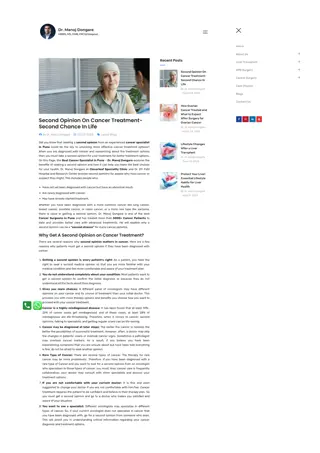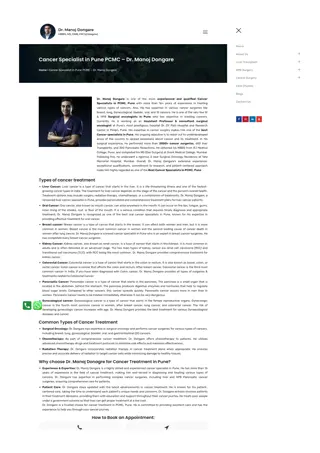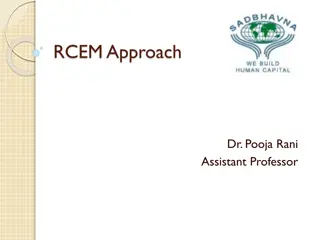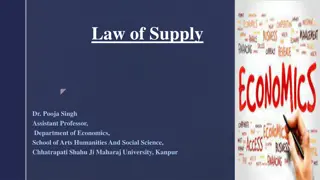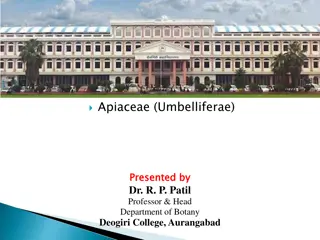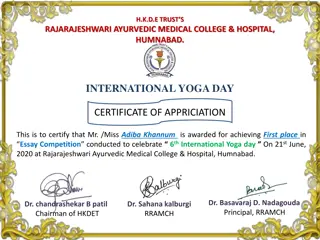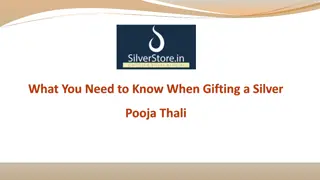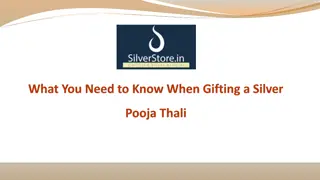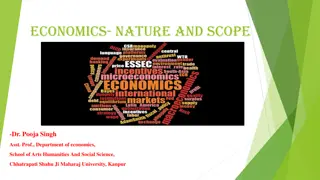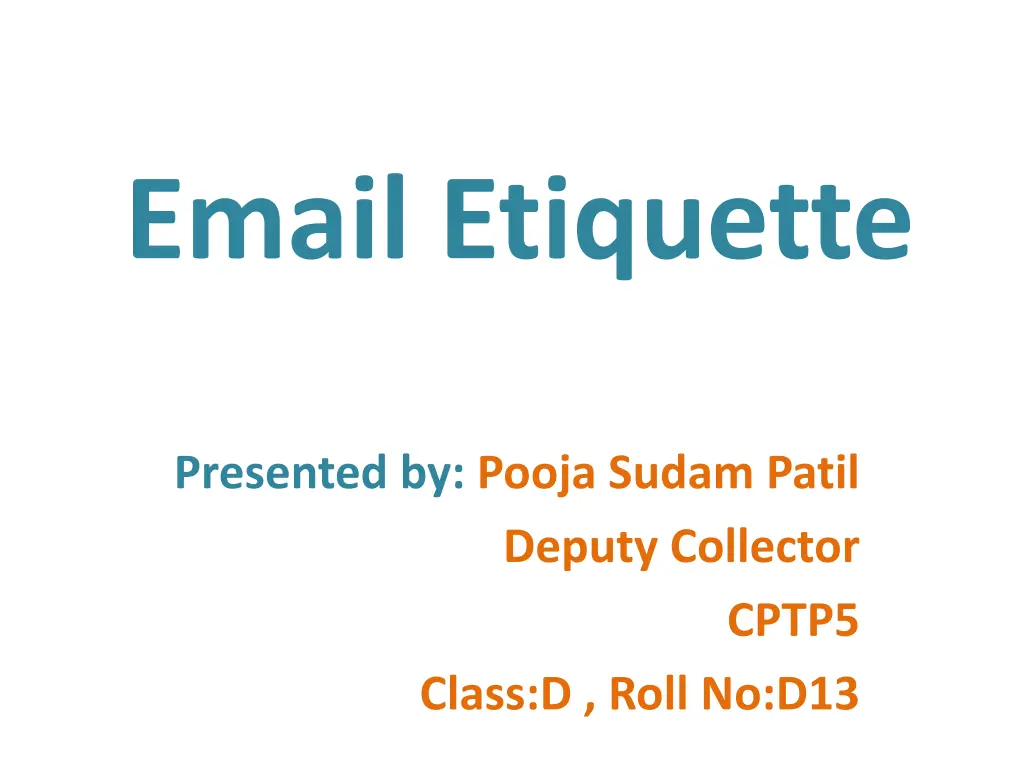
Email Etiquette Dos and Donts for Workplace Communication
Learn the dos and don'ts of email etiquette for effective workplace communication. Understand the importance of subject lines, personalization, tone, and more to enhance professional email interactions. Avoid common mistakes like forwarding without permission and discussing confidential information via email. Master the art of concise and polished communication in your emails to colleagues and clients.
Download Presentation

Please find below an Image/Link to download the presentation.
The content on the website is provided AS IS for your information and personal use only. It may not be sold, licensed, or shared on other websites without obtaining consent from the author. If you encounter any issues during the download, it is possible that the publisher has removed the file from their server.
You are allowed to download the files provided on this website for personal or commercial use, subject to the condition that they are used lawfully. All files are the property of their respective owners.
The content on the website is provided AS IS for your information and personal use only. It may not be sold, licensed, or shared on other websites without obtaining consent from the author.
E N D
Presentation Transcript
Email Etiquette Presented by: Pooja Sudam Patil Deputy Collector CPTP5 Class:D , Roll No:D13
Email Etiquette What is etiquette? The customary code of polite behaviour in society or among members of a particular profession or group. Email etiquette is especially important in the work place. Purpose of email in the workplace Quick communication Share professional information Keep records of communication
THANK GOODNESS FOR EMAIL! Quicker Means of Communication Easier Cheaper GO GREEN!
Email Etiquette: Dos & Donts Do include a heading in the subject line.With the number of emails and viruses that populate inboxes, a subject header is essential if you want someone to read your message. Do personalize your message to the recipient. A personal greeting such as Dear,Hi is necessary. Failure to include a greeting can make your message seem cold.
Email Etiquette: Dos & Donts Do account for tone.The reader can not see your face or hear the tone of your voice , so choose your words carefully and thoughtfully. Do look at your email address and determine how it represents you.Students sometimes embarrass themselves by communicating with an employer using an inappropriate address. Do include your name or a signature with additional details and contact information. The recipient may want to communicate by means other than email.
Email Etiquette: Dos & Donts Don t forget to check for spelling and grammar.It represents you.Poorly written messages may indicate a poor caliber of work in other ways. Don t forward email without permission.Often confidential information becomes global because of someone s lack of judgement.Unless you were asked to forward something , don t do so without permission.
Email Etiquette: Dos & Donts Don t think that no one but the intended recipient will see your email.Do not use email to discuss confidential information. Don t write an essay. Email is intended to be a brief communication.Keep the message short and concise.Use only a few,brief paragraphs.
Well What Is Cc And Bcc? Cc It stands for Carbon Copy. Bcc It stands for Blind Carbon Copy. Blind carbon copied recipients are NOT visible to anyone but the sender. Use this when sending to a long list of recipients or to recipients that should not know each other. Carbon copied recipients ARE visible to all other recipients. Usually used when others are referenced in the email or for those you want included in the conversation.
If You Answer Yes To Any Of These Could this information hurt/embarrass/offend someone? Could this email be misinterpreted in a bad way? Could this email get me into trouble? Do Not Send An Email.
Email Etiquette Unspoken Expectations Try to reply to an email within 24 hours. Establish an organized filing systems. Keep copies of important emails for reference. Use separate accounts for personal and business emails.


